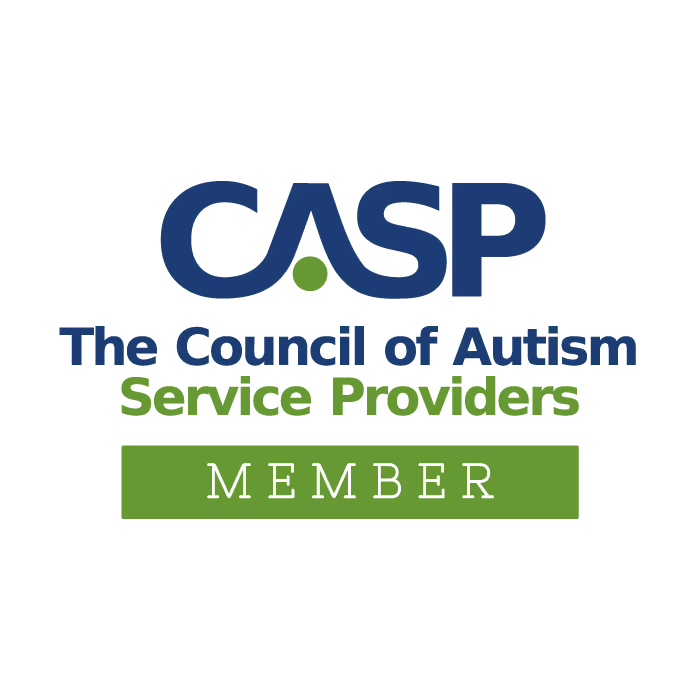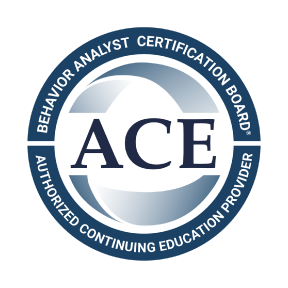Previous physical therapy blogs have explained outcome measurements used to assess gross motor development in infants and children up to age 5, including the Peabody Developmental Motor Scale, second edition and the Alberta Infant Motor Scale. When children age out of either the PDMS-2 or the AIMS, one standardized assessment option physical therapists have is the Bruininks-Oseretsky Test of Motor Proficiency, second edition (BOT-2). The BOT-2 can be used to evaluate a wide variety of fine and gross motor skills for children, teenagers and young adults 4-21 years of age. This is a test that can also be used by occupational therapists, psychologists, adaptive physical education teachers, special education teachers and educational diagnosticians.
The BOT-2 contains a total of 8 subtests that look at both fine and gross motor functioning. When certain subtests are combined, they can give more specific information regarding the child’s Fine Manual Control, Manual Coordination, Body Coordination, or Strength and Agility. Administering all 8 subtests can allow the physical therapist to obtain a Total Motor Composite looking at the child’s overall performance with fine and gross motor functioning.
Below is a description of the subtests most commonly used by physical therapists in BOT-2 testing:
- Bilateral Coordination: This section of the BOT-2 looks at a child’s control with tasks requiring movement of both sides of the body. Tasks in this section will require the child to move his arms and legs from the same and opposite sides of the body together, in sequence, or in opposition.
- Balance: The balance subtest evaluates the child’s moving and stationary balance. Tasks are completed with a variety of challenges to the balance systems, such as while on one foot, on a balance beam, or with eyes closed.
- Running Speed and Agility: This section of the test looks at a child’s maximum running speed, running and changing directions, as well as stationary and dynamic hopping and jumping skills.
- Upper-Limb Coordination: This subtest is used to assess the child’s ability to coordinate arm and hand movements and visual tracking of the task. The child is required to demonstrate skills such as catching, throwing and dribbling a tennis ball with one or both hands.
- Strength: In the strength section of testing, the child is required to perform tasks designed to evaluate strength in the core, arms and legs. Strength is assessed in both static positions as well as with dynamic movements.
Based on the child’s presenting concerns, a physical therapist may evaluate the child using just a few or all of these subtests. The child’s performance on the BOT-2 will allow the physical therapist to identify areas of strength and areas of need in regards to the child’s gross motor functioning, and can therefore help to guide treatment. Because the BOT-2 has both age and sex-specific normative data, this test will help the physical therapist determine how the child is performing compared to peers his age. The BOT-2 can be re-administered periodically in order to monitor progress in the child’s functioning and performance with gross motor skills.
References:
Bruininks, Robert H., and Brett D. Bruininks. Bruininks-Oseretsky Test Motor Proficiency. 2nd ed. Minneapolis: Pearson, 2005. Print.















